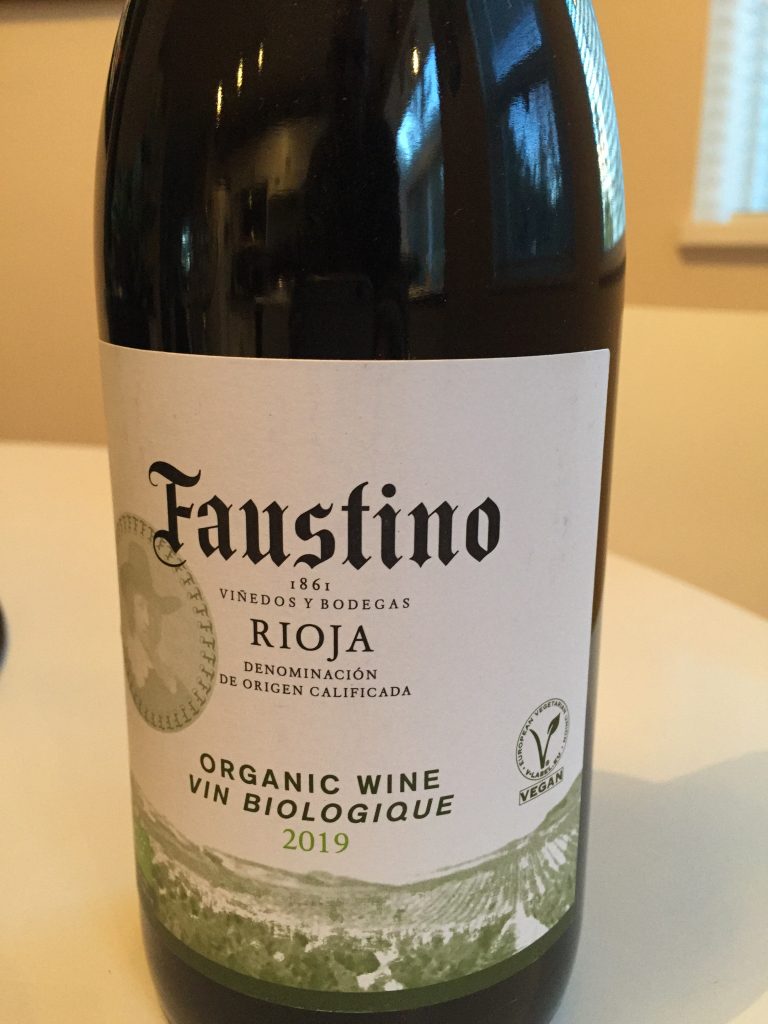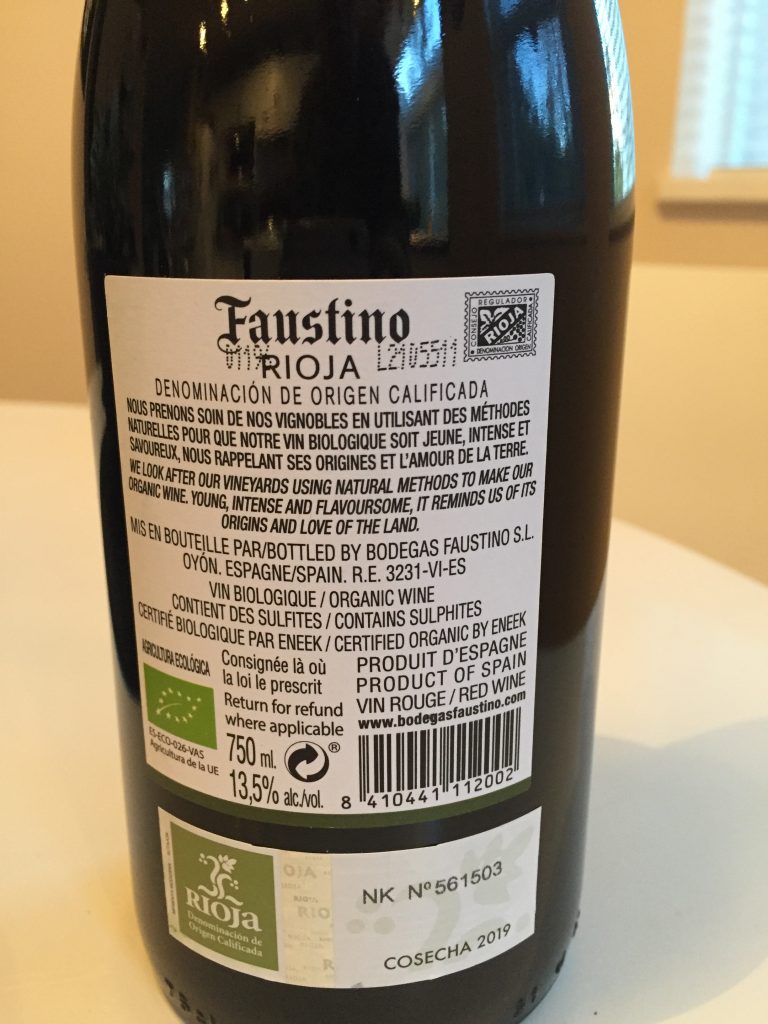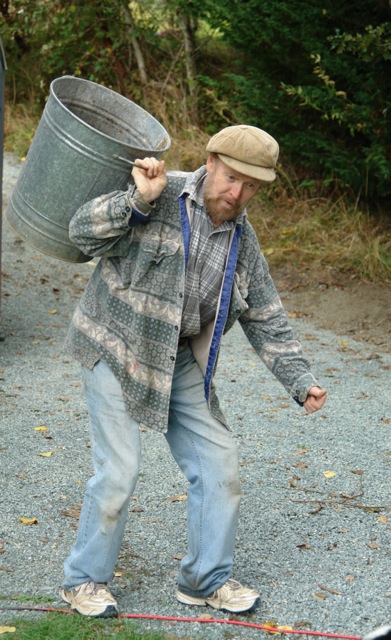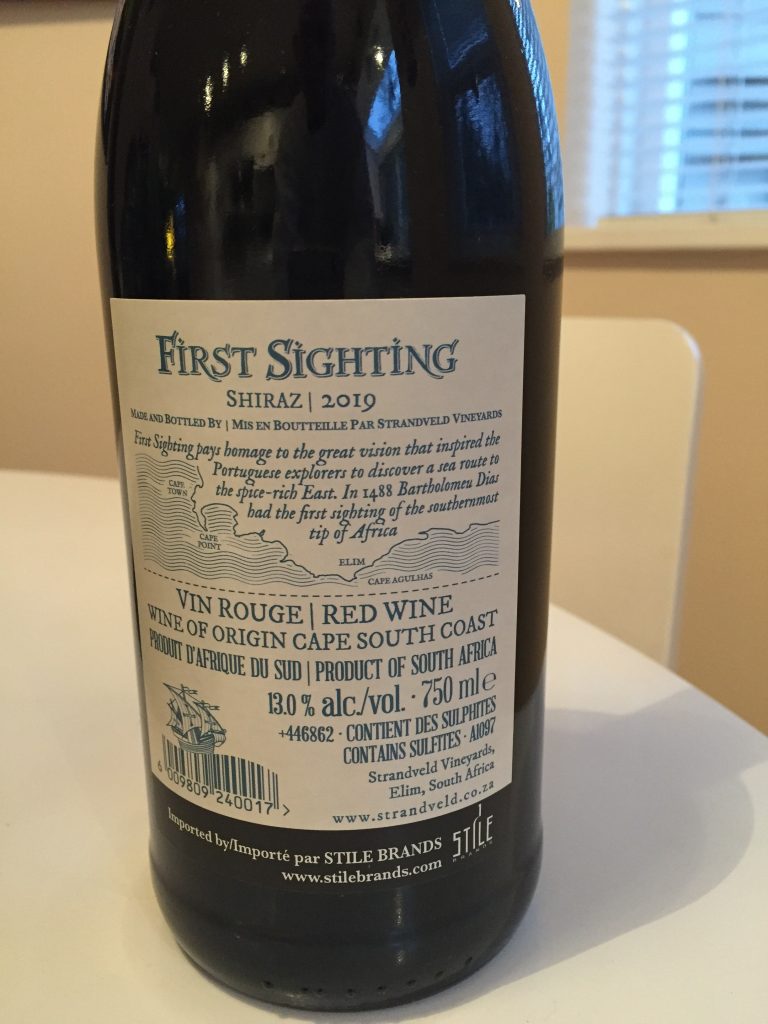Life-saving techniques give individuals the ability to survive and also save other people during life-threatening situations. Any life-saving skill becomes useful in these cases. When an individual’s life is at risk, people tend to panic and people die when attended to by unskilled persons. Life saving skills are easy to learn. These techniques don’t need you to be a health professional in order to learn. They are basic first aid techniques that could save your life and the lives of other people. In this article, we share more about the essential life saving skills you should learn!
CPR
Cardiopulmonary resuscitation, also known as CPR, is one of the easy-to-learn life-saving techniques. It is a life-saving skill that can be used for cardiac arrest victims. CPR is able to increase the victim’s chances of survival by 50%.
The Use of AED
Automated External Defibrillators (AEDs) are used for restoring the heart rhythm of cardiac arrest victims. Performing CPR, together with using the AED, is crucial in reviving cardiac arrest victims. You can find that training is provided along with CPR in various institutions. The equipment is easily available in many public facilities in the United States.
Heimlich Maneuver
The Heimlich maneuver is a first-aid technique that works to dislodge objects that are obstructing the airway of choking people. Choking occurs more often in children than adults. This technique will differ depending on the age of the victim.
Controlling Bleeding
When accidents take place, victims face a risk of bleeding to death. The first aid training provides you with the skills to prevent an excessive loss of blood. You can take a first aid course to learn how to control the bleeding of wounds.
Managing Burns
Burns are painful and can even lead to the loss of life in serious cases. The scars that are left behind can affect the life of the victim. The first assistance that is given to burn victims is to relieve pain. Providing first aid techniques will prevent the burn from worsening. Good handling of the burn injury speeds up the healing process. Fire is an essential part of life and electrical faults can result in disasters. That is why everyone should know how to attend to a burn.
Escaping a Building on Fire
Being trapped in a burning building is one of the scariest experiences. It is good to learn how to escape from such situations and carry out rescue operations to save lives.
Insect and Snake Bites
Certain snakes and insects are poisonous. If the victim suffers from a bite and it is not adequately managed, the victim could die. Knowing how to manage such situations can save a life.





